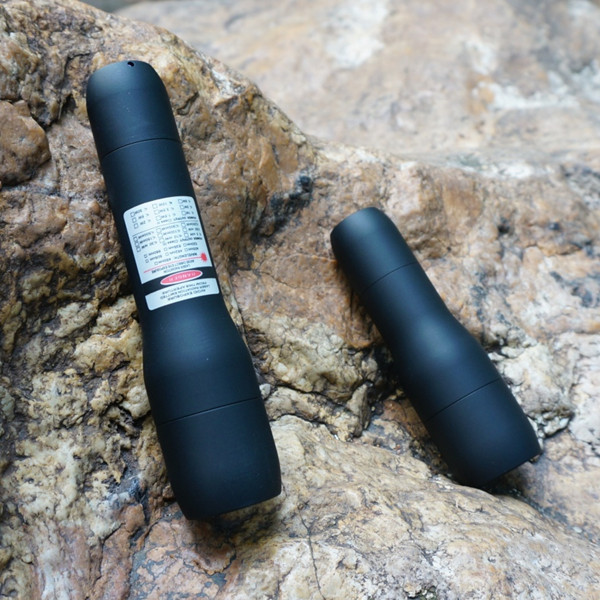Semiconductor lasers are a class of lasers that have matured earlier and developed faster. Due to their wide wavelength range, they are simple to manufacture, low in cost, and easy to mass-produce, and because of their small size, light weight, and long lifespan, the variety has developed rapidly and applications wide range. Due to the above advantages, semiconductor laser pointer have been widely used in industrial applications, lighting, projection, communications, medical and scientific research.
At present, direct semiconductor lasers have been used for material processing, such as cladding and surface treatment. On the other hand, as the most important pump source of fiber laser, with the increase of fiber laser power, semiconductor laser is required to develop towards higher power and higher brightness. The current hot laser TV market is also inseparable from the semiconductor laser light source. In addition, with the large-scale layout of FTTH, there is a strong demand for semiconductor lasers…
Semiconductor lasers have been used in many fields and continue to maintain a growing trend. The rapid development of the optical communication industry will drive the growth of demand for semiconductor lasers. With the expansion of applications, comprehensive testing of semiconductor laser performance is required during product production and development to ensure the stability and reliability of the final product.
At present, high power and high brightness have become an important development direction of semiconductor lasers, and the chip structure and packaging form have been optimized accordingly. In response to this trend, what kind of adjustments are needed for semiconductor laser testing? The biggest challenge facing high-power laser testing is temperature control. Maintaining stable and repeatable temperature control during critical measurements is the key to reliable test results. A lot of energy is invested in the test system and desktop instrument products to achieve the stability required for temperature control.
Is there a unified standard for semiconductor laser testing? What are the main testing indicators? How can it help to optimize and improve the performance of semiconductor green laser pointer? We generally divide tests into two categories. The purpose of reliability testing is to select the test platform with the smallest electronically controlled drift to control the laser stably for a long time. In this test method, a typical approach is to observe the loss of output power over time, and observe the change in threshold current by combining with repeated LIV measurements. In this process, the repeatability of the test system is crucial.
